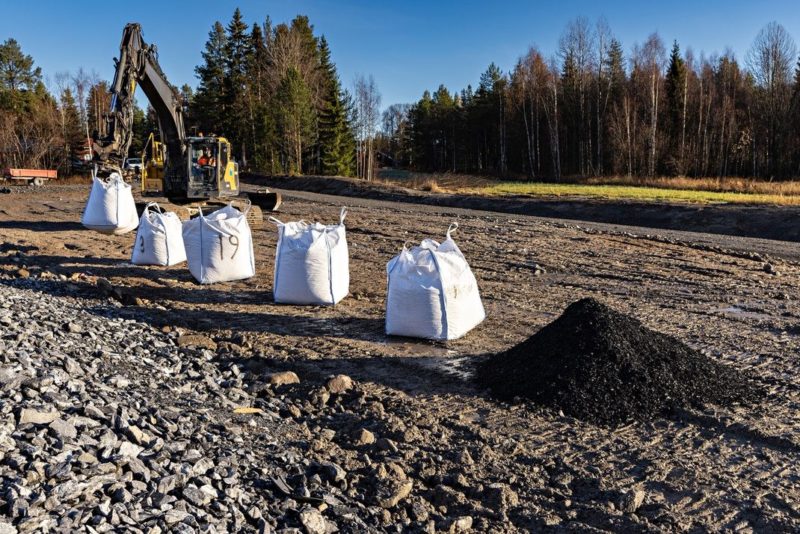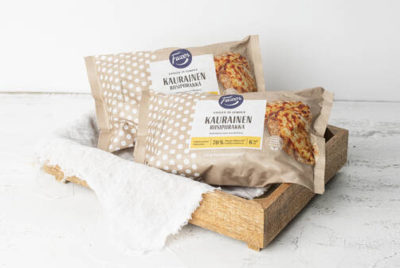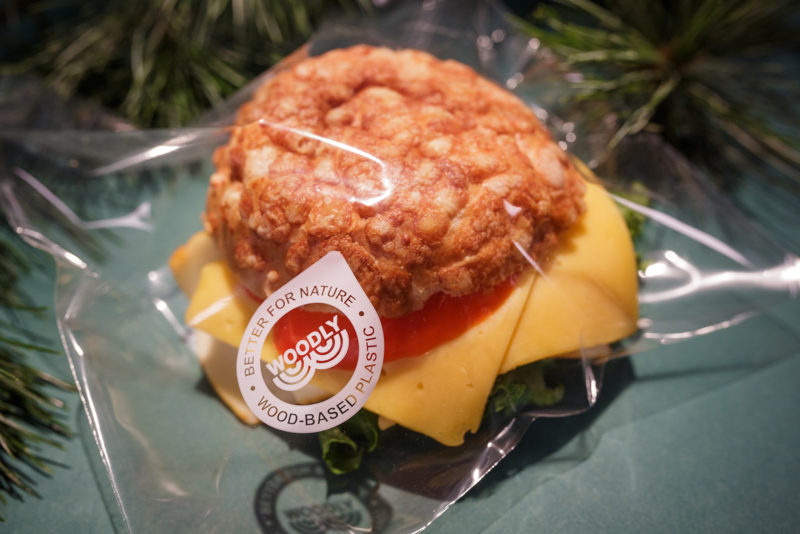Biochar wins competition of wood-based innovations – see list of all awarded entries

The jury of the Uusi Puu – New Wood competition selected as winner a carbon negative biochar that improves the growth conditions of soil. The public vote winner was a practical product for daily use.
Finnish MPs and experts of forest bioeconomy chose the winning entry in the 2023 Uusi Puu – New Wood competition: it is the biochar developed by GRK Suomi Oy and Carbon Balance Finland Oy.
According to GRK Suomi Oy, the biochar has dozens of uses, in landscaping, water treatment and purification and in soil improvement, to name a few.
’A brilliant and functional invention,’ was the verdict of the competition jury.
The aspects sought for in the competition were an inventive use of wood and the capability to respond to global challenges. Biochar contributes to combating climate change: according to the manufacturer, one metric ton of biochar binds about three tons of carbon dioxide.
’Biochar represents an extremely interesting, systemic-level possibility to contribute to soil improvement and the sensible use of biomass,’ noted the jury.
Biochar is produced from plant-based biomass, generally wood, by pyrolysis, also known as devolatilization. In addition to wood, biochar can be made from hemp, willow, reed canary grass, slurry and dung, as well as household bio and garden waste.
’Biochar is a brilliant innovation because so many different sidestreams can be used to make it,’ says Virpi Korhonen, Project Manager of the Uusi Puu – New Wood competition.
The competition jury included MPs Sari Essayah, Ari Koponen, Mikko Ollikainen and Mikko Savola, as well as the following experts of forest bioeconomy: Professor Pirjo Kääriäinen (Aalto University), Associate Professor Ville Leminen (LUT University), Director Maarit Lindström (Federation of Finnish Forest Industries), Managing Director Matti Mäkelä (Finnish Forest Foundation) and Senior Advisor Anne-Christine Ritschkoff (VTT Technical Research Centre of Finland).
A total of 13 entries were submitted to the Uusi Puu -New Wood competition.

Public vote won by fully paper-based pastry packaging
The winner of the public vote in the Uusi Puu – New Wood competition was the pastry packaging made by UPM Specialty Papers for Fazer Bakery. The entry also came second in the main competition.
The packaging reduces the use of plastics, is recyclable and keeps the sensitive Karelian pasty in good condition until the best before date.

’The material has an enormous potential to replace plastics. Packaging Karelian pasties is challenging. The material must be both grease and moisture resistant and ensure that the pasty becomes neither soggy nor dry,’ says Project Manager Virpi Korhonen.
Messages from the voters stressed that the innovation is something that people will encounter in their daily lives. It was also characterised as pointing the way in food packaging.
’My family likes to buy bakery goods packed in paper. My spouse claims they can taste it if a product was packaged in plastics. This bag really contains no plastics, which is also good for nature,’ said a voter.
The runner-up in the public vote was the wood-based food packaging by Woodly. It resembles transparent plastics in appearance and helps to reduce food wastage.
’I came across this when buying a filled roll at a service station. I’ve worked in the forest sector for years, but still wouldn’t have believed that the roll was wrapped in a cellulose-based material instead of the usual plastics. I was amazed at how strong, elastic and fully transparent it was,’ said a voter.
The third place in the public vote went to the wood panel with embedded intelligence by Koskisen. Thanks to weight sensors, the panel helps to improve the use of cargo space in articulated lorries. According to Koskisen, the average use of cargo space of articulated lorries in Germany, for example, is only 70 percent.
’The solution saves costs and fuel and reduces the carbon footprint,’ noted a voter.
A total of 1,327 votes were given in the public vote.

Innovative paper for laminate production
The third entry awarded by the Uusi Puu – New Wood competition jury was the laminate paper by MM Kotkamills Absorbex Oy. It enables the use of wood-based resins in the production of laminates, replacing the traditional, fossil-based phenol.
The laminate paper is compatible with lignin-based resin and can be used, for example, as construction material and for furniture, such as table or desk tops and cabinet doors.
’The valorization of lignin represents a huge potential for the forest industry. Together with various packaging materials, ecological construction materials are in high demand,’ the jury noted.
